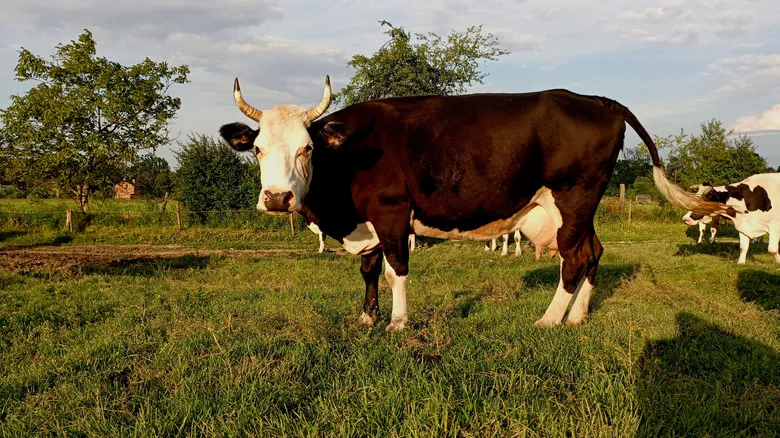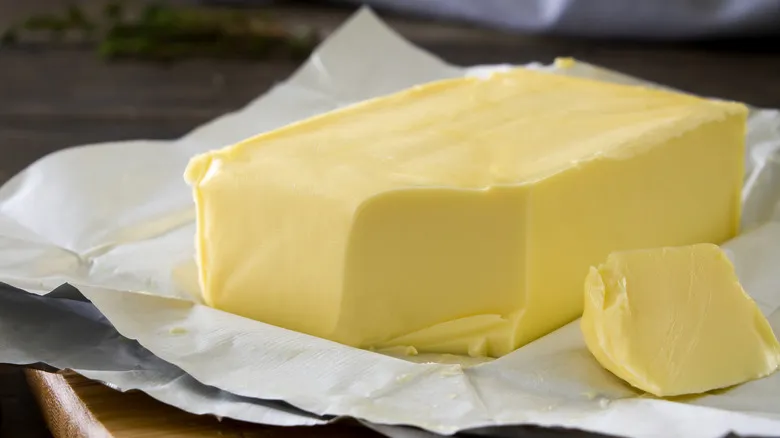The other important differences between the two

It's difficult to determine whether replacing traditional butter with grass-fed butter results in a superior taste, as this ultimately depends on individual preference. However, beyond the distinct flavor of grass-fed butter, it also offers numerous health benefits. While butter often receives criticism from health advocates due to its high calorie and fat content, it does have positive aspects; notably, it is a good source of omega-3 fatty acids, particularly in grass-fed varieties. Furthermore, grass-fed butter typically contains lower levels of saturated fats compared to regular butter.
Now, let's discuss texture differences. Butter from grass-fed cows tends to be softer and more spreadable at room temperature than other types of butter. The color also varies, with grass-fed butter exhibiting richer yellow tones, while conventional butter appears more pale or white. Additionally, the flavor distinction is not limited to butter; you can also notice a difference in taste between grass-fed and grain-fed beef.
When to buy grass-fed butter over standard

Grass-fed butter differs significantly from regular butter in both flavor and texture, making each type more suitable for specific recipes. For instance, grass-fed butter's creamier consistency and herbal notes are often considered ideal for baking, resulting in desserts that are more complex and flavorful. Moreover, if you're aiming for a healthier option in your cooking, grass-fed butter may be preferable due to its additional health benefits. However, its higher cost can make it less accessible for some, and regular butter remains an excellent alternative.
So, if you're excited to bake a cake and only have regular butter on hand, feel free to use it. After all, it's still butter, and your recipe will turn out rich and tasty. If you're still unsure about which type to purchase, here are some tips to help you choose the best butter at your grocery store.
Recommended

Here's Where You Can Find The Smallest And Largest Costco In The US

The Eco-Friendly Labels To Look For When Buying Canned Tuna

The One Time Supermarket Bread Is Superior To The Artisanal Stuff

Ina Garten's Tip For Choosing Cheeses And Her Absolute Favorite Shop
Next up

